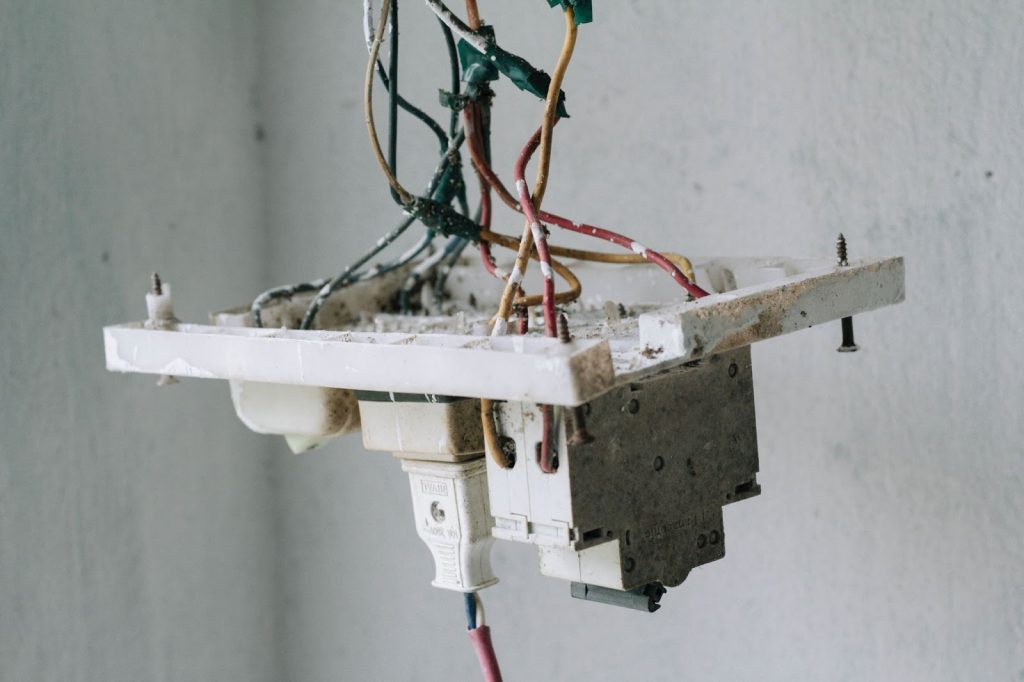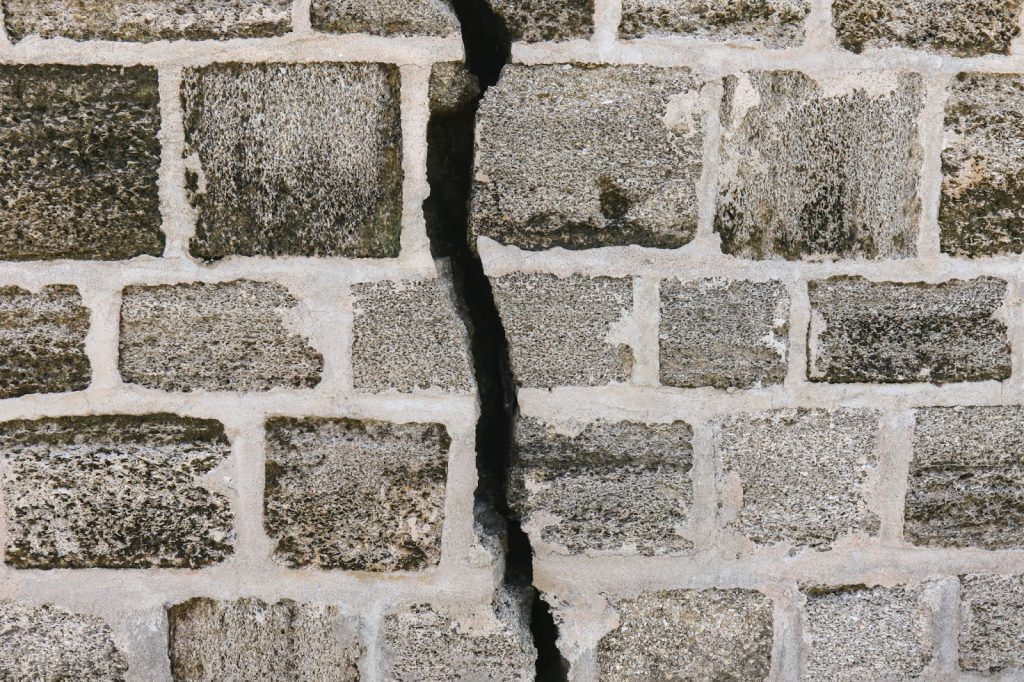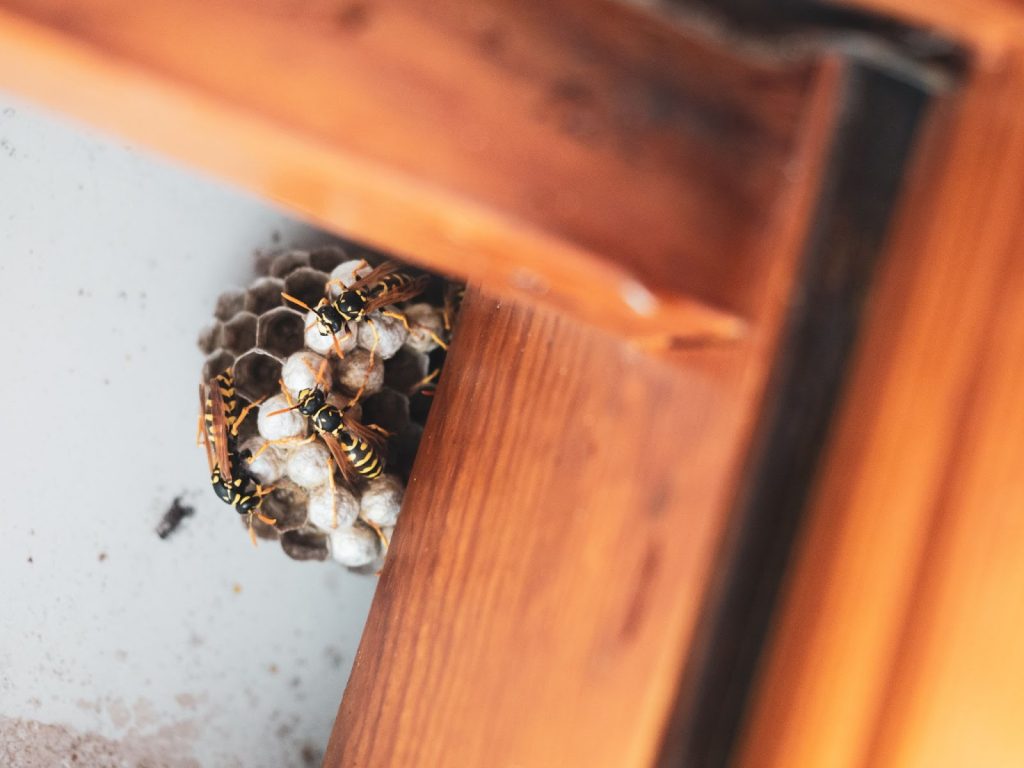
When you view a house you intend to buy, you initially look for the features that will suit your needs. Large bedrooms, multiple bathrooms, and a spacious backyard are some of the many desirable features that might have you signing on the dotted line.
Hidden Problems That Could Break the Bank
You might then look at flaws you know will cost you money to rectify, like worn paint and dated décor. However, the flaws you can see are often just the tip of the iceberg. These defects might cost money to rectify, but the real costs often lie in features and elements you can’t see.
Hiring a building inspector and other trades professionals can be crucial before purchasing a house. You might then discover some of the following problems that cost a great deal of money to rectify.

Old Wiring
You can’t see wiring in a house, leading you to assume everything is fine. However, old or faulty wiring can be a recipe for disaster. Sometimes, it’s not until it’s too late that people realize their wiring isn’t as good as they thought it was, with tens of thousands of fires reported due to house electrics each year.
No matter your house’s age, requesting an electrical inspection can be worthwhile – especially if you intend on buying a property. However, it can be even more important if the house was built during the 1960s to 1970s.
During this period, many building companies used aluminium wiring as a cheaper alternative to copper when copper prices skyrocketed. Aluminum is known to expand and contract, increasing the risk of connections loosening and causing sparks. In essence, aluminium house wiring can be a fire hazard. Full rewiring can be required to rectify this problem.
Water Leaks
When you think about water leaks in a house, you might picture water stains on walls and other obvious signs. However, detecting water leaks sometimes isn’t that straightforward. They can be in areas that aren’t always obvious, and the longer they’re left, the more damage they can do.
That’s why hiring experts can be vital if you suspect a leak in your own home or one you’re buying. You might even hire someone to look for leaks to ensure there aren’t any. They can detect a range of leaks that might cause significant damage if left for long periods, such as:
- Slab leaks
- Wall and ceiling leaks
- Main water service leaks
- Irrigation leaks
- Foundation leaks
- Pool water line leaks
- Sewer and drain leaks

Foundation Cracks
A house you intend to purchase may look perfect inside and out, but that doesn’t mean it’s perfect underneath. Foundation cracks can be lurking where you can’t see them. They can spell disaster for any homeowner’s wallet.
Seeing vertical cracks in newly established homes is expected. However, horizontal cracks can be a different story. These cracks are typically caused by soil pressure. While you can patch over them, some homeowners don’t notice they’re there until the cracks grow.
When left to grow, they can cause problems in doors, windows, and framing. Sometimes, it’s not until they reach this stage do homeowners notice that they have a problem.
The larger the cracks, the higher the chance of water getting into them. This can result in flooding during storms. Pay attention to some of these signs to identify the presence of foundation cracks:
- Interior and exterior wall cracking
- Bouncing floors
- Sticking doors
- A mildew odour
- Drainage problems
- Sinking ground
- Cabinets separating from walls
If you want to be sure that a house you’re buying has no foundation cracks to worry about, hire a. They can look for signs you might not notice during a house viewing.
Radon Leaks
Just because you can’t see something in a home doesn’t mean it’s not dangerous. Radon fits into this category. Radon gas is odourless and radioactive. It’s in the soil across all states, meaning it can affect both new and long-standing properties.
A small amount of radon is usually deemed satisfactory, but some homes can have unusually high radon levels. Long-term radon exposure can cause lung cancer. In fact, it’s the of lung cancer in non-smokers.
Fortunately, it’s possible to lower radon levels in a house with a home radon mitigation system. These typically cost up to around $1,200 to install. Some systems operate with fans that create a vacuum under the house foundation to funnel the gas away from the house. Others work by sealing the lower levels of the house, such as the basement, and blowing air in.
You can perform radon tests on properties you intend to purchase during the building inspection process. If the levels are too high, you might be able to negotiate the installation of a radon mitigation system during the buying process.

Pest Damage
Pests normally like to make themselves known on a property, but that’s not always the case. Termites can work behind the scenes and cause a great deal of damage that can be costly to repair. However, there are many signs to look out for that may indicate termite damage, such as:
- Peeling paint that isn’t water damage-related
- Hollow-sounding wood when tapped
- Loosening tiles
- Discolored drywall
- Pinpoint holes in drywall
- Buckling laminate or wood floors
- Squeaky floorboards beyond what would be ‘normal’
- Piles of termite pellets and wings
- Crumbling and damaged wood
Building inspectors and can be great sources of information if you suspect pest damage or want to ensure there isn’t any.
Leaking Roof
Visit a property on a sunny day, and signs of a roof leak can be negligible. Homeowners can easily paint over water spots when trying to sell their properties. However, a lack of water spots shouldn’t make you assume there are no roof issues.
Whether you’re worried about your own home or one you’re buying, a roofing inspection can be worth the money. Roofing inspectors can examine the roof shingles or tiles to look for problems like cracked or missing shingles, unsecured flashing, and signs of moisture in the attic insulation and roof boards. A leaking or damaged roof can be costly to fix, yet many people aren’t aware they have roof problems until they buy a home.
Conclusion
There’s more to the average house than what you can see. Hidden problems are often among the costliest to rectify. Before buying a home or even during your years of ownership, consult the experts on these issues above. Being aware of them might save you a significant sum of money.
The post appeared first on .